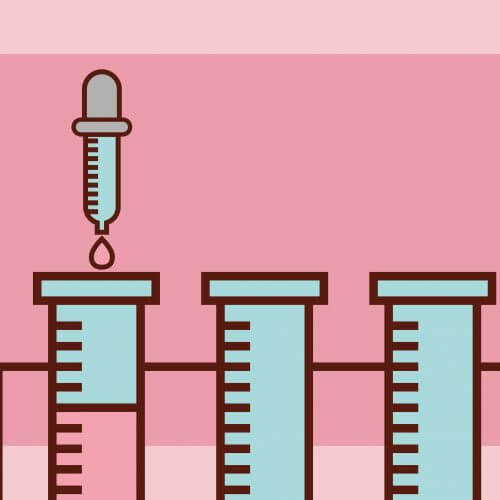Researchers from the Faculty of Health Sciences at Ben-Gurion University and the Soroka University Medical Center have succeeded for the first time in stimulating the growth and differentiation in culture of stem cells from human testicular tissue to the stage of sperm-shaped cells

Treatments for diseases that require a bone marrow transplant and treatment against cancer include radiation and chemotherapy that may damage dividing cells, including testicular stem cells (spermatogonia), to the point of causing fertility defects in patients - men and children. Successful medical protocols enable recovery and managing a healthy lifestyle including establishing a family unit. Researchers from the Faculty of Health Sciences at Ben-Gurion University and the Soroka University Medical Center, succeeded for the first time in stimulating the growth and differentiation in culture of stem cells from human testicular tissue to the stage of cells shaped like sperm cells.
The operation of the stem cells from the testicle is another step in preserving the fertility of the patients undergoing radiation and chemotherapy. In men, the sperm cells can be preserved before the radiation and chemotherapy treatments begin. But this is not the case among children before puberty, in whom it is not possible to preserve fertility because they do not produce sperm. However, in the testicular tissue of children there are stem cells that will one day develop into sperm cells and this is a research direction that may contain the solution. In the future it will be possible to use testicular stem cells for fertility preservation (to produce sperm cells in culture).
The research, which was published in the journal Stem Cells and Development, led to the development of a method that allows the use of testicular tissue from children with cancer who were treated with mild chemotherapy and were candidates for aggressive chemotherapy treatment. This method enabled the growth of testicular stem cells in culture and caused them to multiply and develop into cells similar to sperm cells.
Although these findings are preliminary and require further in-depth research, they are of great clinical importance. This is the first time that evidence has been found that it is possible to grow human testicular stem cells in culture and activate their culture and differentiation to advanced stages in the sperm production process. They also open a window for future fertility preservation treatments for children undergoing aggressive radiation/chemotherapy treatments as well as for men suffering from the absence of sperm cells (azoospermia syndrome). Further studies in this direction may shed light on the basic understanding of the mechanism that allows the production of sperm cells in the testis.
More of the topic in Hayadan:
